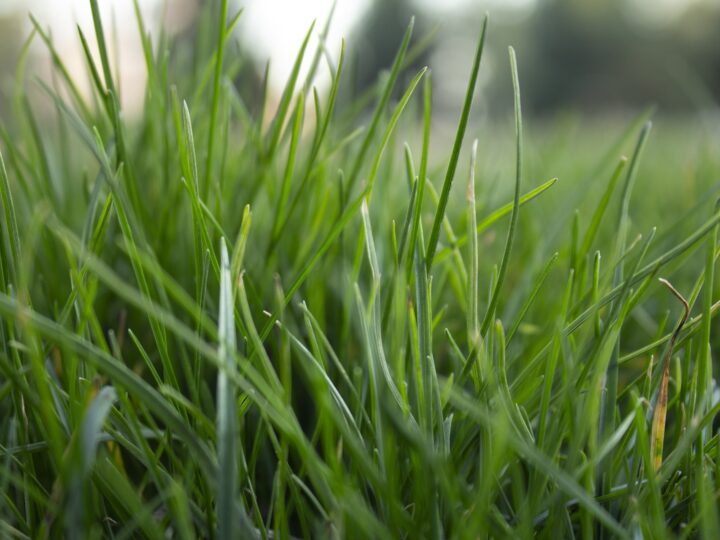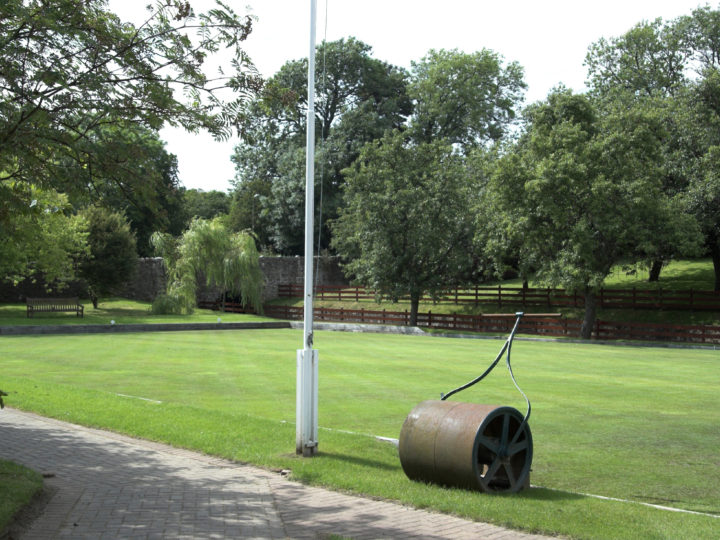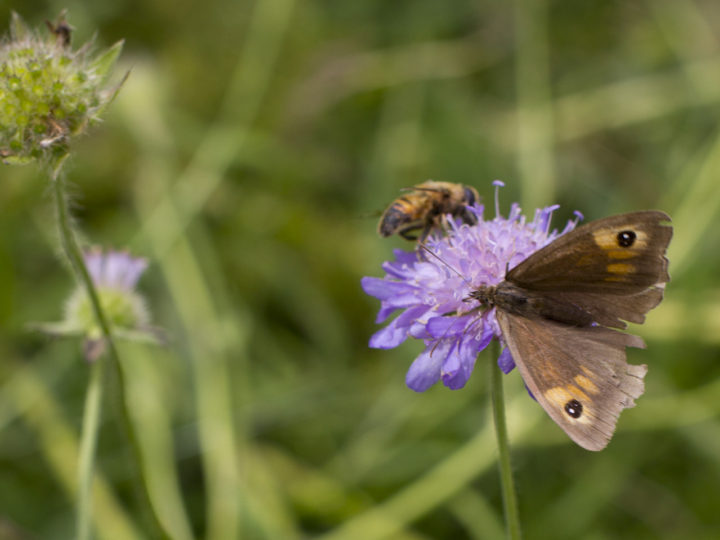.jpg)
If you have a large lawn, you may be tired of mowing it every week. Especially if you have some areas further away from your house, going more natural may be a great choice and will not only reduce your mowing time, but bring a different kind of beauty to your garden as well.
Shady or very wet areas can also be difficult to maintain as lawns, so converting the area to a wildflower lawn is often a good strategy. Special mixtures are available for both shady and wet sites.
If you live in the countryside, a wildflower lawn will make a lovely transition to the surrounding natural areas. If you live in a more urban area you can still bring a piece of the countryside into your garden.
Wildflower lawns attract many different insects and butterflies. You will be bringing predators to your garden that will help protect your plants from pests. You will be attracting pollinators to help your fruit and vegetable crops. You will also be helping conserve local native species and re-creating more natural habitats for them to thrive in.
You may have areas of the lawn that get dry, or where the soil is poor. Luckily those areas are the best for wildflowers, which do better if the grass is not growing too strongly. If you are in the process of planning your garden and sowing lawns, then areas you know could be a problem can be chosen as natural areas and sown with flowers at the same time as you sow your main lawns.
Preparation
If you already have existing lawns you want to convert, there are two ways to do this.
You can use a total grass killer to remove all the turf, or dig it up. This is the best approach if you already have quite a strong lawn.
If you take this approach, of if you are starting a new area, most wildflower mixtures already contain seed of weaker types of grasses that will not compete with the flowers.
However if your lawn is weaker you can avoid a lot of this work and have a good result by setting your mower to the lowest possible position and mowing the area you want to seed. Rack up all the grass you can. Then sow a wildflower only mixture directly over the short grass. This alternative mixture is especially designed to attract pollinators. The best time to do all this is in the autumn, as the plants will have all winter to germinate and establish before the grass starts to grow very much. Don’t use any fertilizer at all on the area.
Caring for Your Wildflower Lawn
You only need to mow your wildflowers once a year and the usual time is in early winter. This timing will allow seeds to form which will replenish your plants. An annual mowing will also eliminate tree seedlings and leave the space free as a winter play area.
You may get some weedy plants growing but those can be pulled out or dug up when seen. Smaller weeds will blend in with the wildflowers and only add to the variety.
Over time your wildflower lawn will evolve and this is an interesting natural process to watch. Each season the most prevalent species will be different, affected by your soil, the weather, and by the new species that come in with the wind from surrounding areas. You can influence what happens by changing your mowing patterns. Try mowing part of the area starting in summer – this will encourage spring flowering plants. Areas you leave until winter to mow will have more late-flowering species, as these tend to be stronger and compete successfully with the early flowers.
If you have a particular flower you would like in your wildflower lawn many individual species can be added by seeding directly over the existing area.
You will find further instructions on sowing and preparing wildflower lawns here. You can see the full collection of wildflowers starting here.




